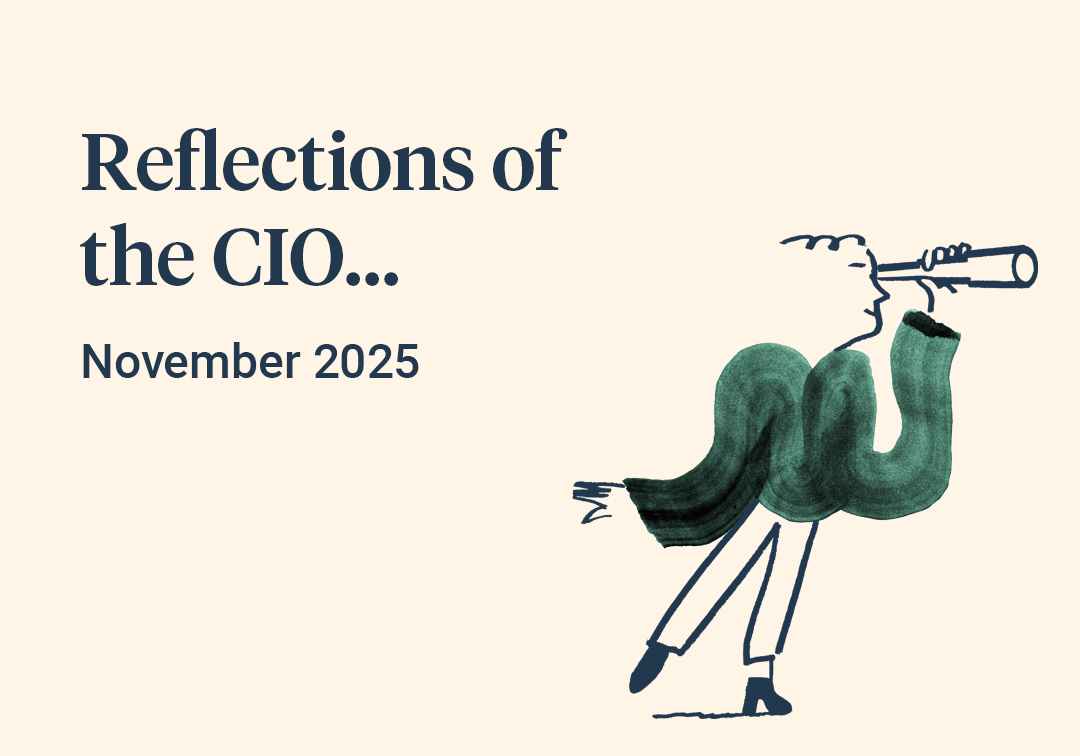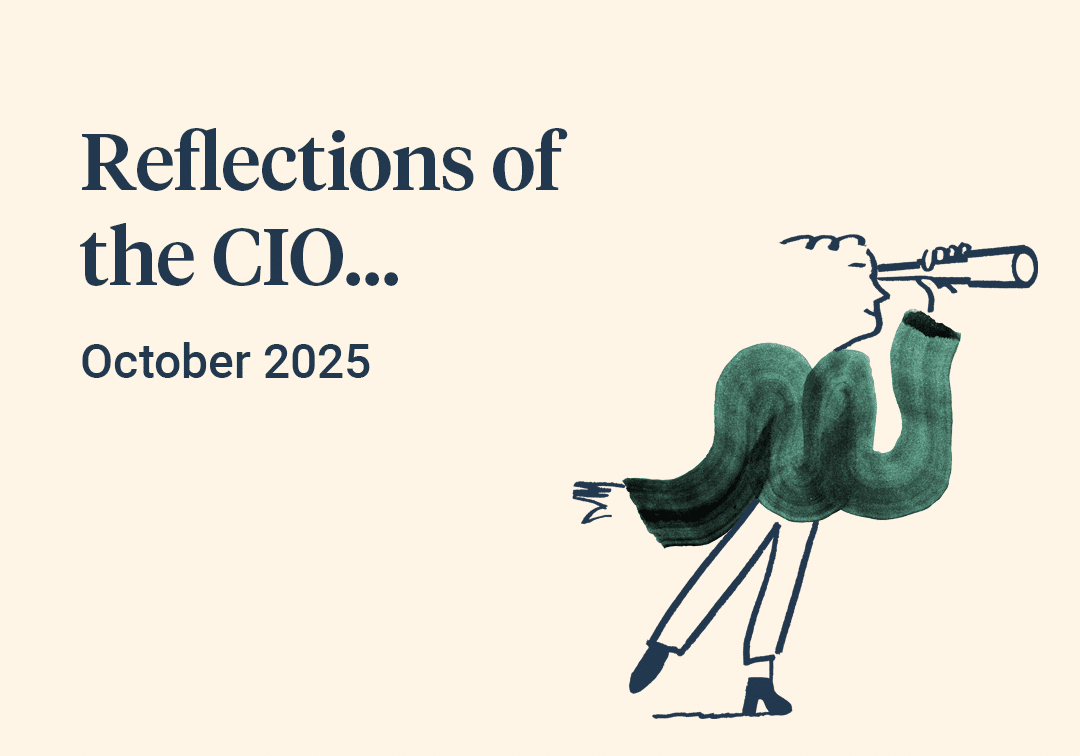The final month of 2023 was a strongly positive one, with a remarkably quick worldwide rally erasing any prior year to date losses across multiple asset classes. We had seen many similar swings in sentiment throughout 2023, both positive and negative, driven by everything from the price of oil to the solvency of banks. In the end, however, it was the market’s ever shifting assessment of the global inflation outlook, particularly in the crucial US economy, which ultimately caused December and the year as a whole to end on a positive note.
Prior to the final two months of the year, a series of relatively ‘hot’ US monthly inflation figures had been weighing on the market mood, as they implied that the painful increases in interest rates, which have been absorbed so far, may not be finished. This was in part fuelled by the messaging and estimates coming from the Federal Reserve, but also by real world data from which it remained frustratingly difficult to unpick a convincing trend. Markets had been sliding from the end of summer until the data trends finally began to turn more convincingly in early November.
A modest softening in US labour markets, followed by a slightly weaker than expected October inflation reading, sparked a global rally across asset classes. Investors quickly extrapolated some genuinely good news on US inflation into nearly all markets and geographies, as these US trends are assumed to be front runners for what will inevitably happen elsewhere. This process began in November and gathered pace throughout December, fuelled in particular by the December meeting of the US Federal Reserve, which kept interest rates on hold and offered dovish commentary for the year ahead.
The Bank of England behaved similarly at their December meeting and the combination of encouraging messages from central banks prompted markets to move swiftly to price in a significant series of global interest rate cuts for the year ahead, beginning roughly around summertime.
Our own view is that there is indeed much to be cheerful about and that the positives will more than likely outweigh the negatives. However, we would also expect that the journey over 2024 will continue to be very noisy, volatile and erratic. The peak in post Covid inflation has clearly passed and interest rates have stopped increasing worldwide. Consensus forecasts from investors and central banks do indeed project a more benign macro-outlook than they did coming into 2023, and recent evidence does seem to support this view. However, as global inflation risks look to exit stage left, other more truculent issues remain and will prove harder to overcome.



